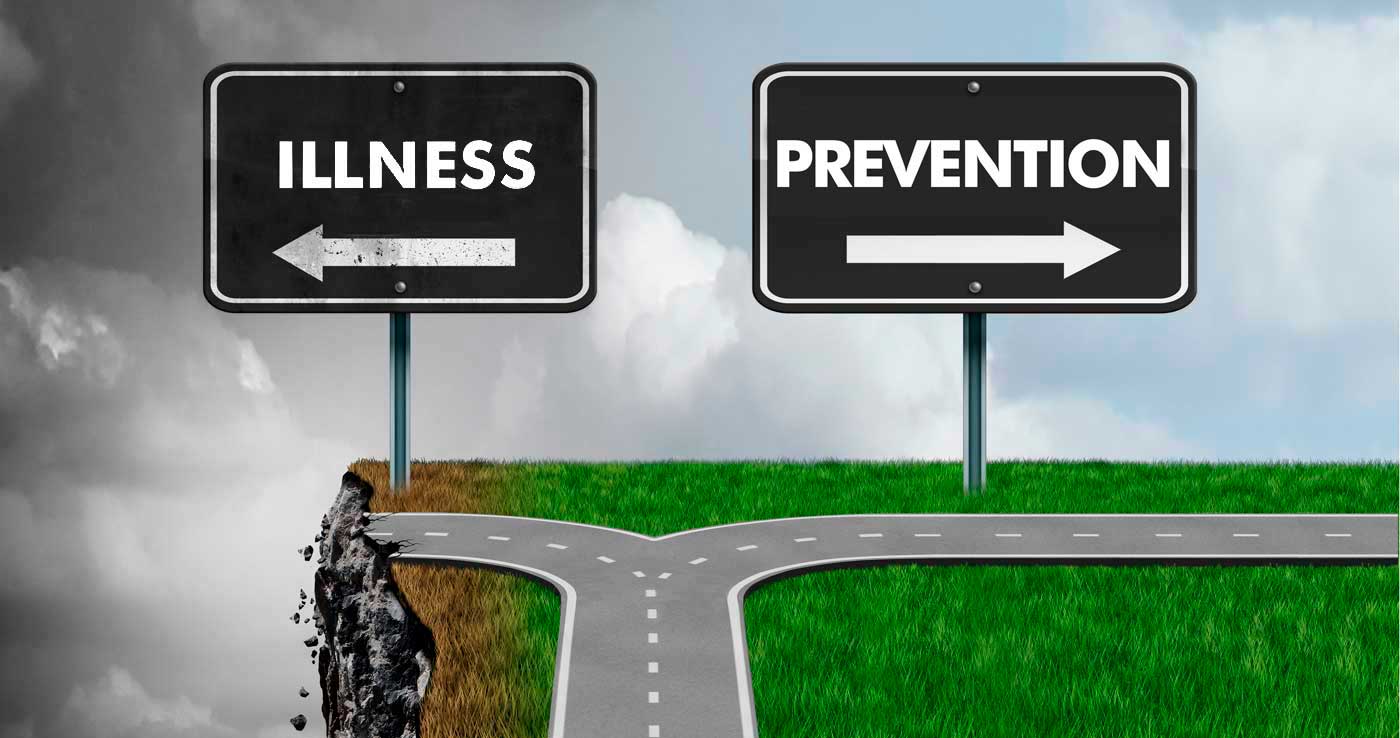Brain and Nervous System Health
The brain and spinal cord are made up of gray matter and white matter.
Gray matter is made up of nerve cell bodies, dendrites and axons, glial cells, and capillaries (the smallest blood vessels in the body).
The white matter contains relatively few neurons and is composed primarily of axons lined with many layers of myelin and oligodendrocytes that make up myelin. Myelin is what makes the white matter white. (Myelin accelerates the conduction of nerve impulses, see Nerves.)
Neurons routinely go increasing or decreasing the number of connections between them. This process would partly explain how we learn, adapt, and form memories. However, the brain and spinal cord rarely produce new neurons. An exception is the hippocampus, an area of the brain that is involved in the formation of memories.
The nervous system is an extraordinarily complex communication system that simultaneously sends and receives a considerable volume of information. However, it is vulnerable to illness and injury, as noted in the following examples:
Neurons can undergo a degenerative process that causes Alzheimer’s disease, Huntington’s disease, or Parkinson’s disease.
Oligodendrocytes can become inflamed and lost, causing Multiple Sclerosis.
Bacteria or viruses can infect the brain or spinal cord, leading to encephalitis or meningitis.
If the blood supply to the brain is obstructed, a cerebrovascular accident will occur.
Trauma or tumors can also cause structural damage to the brain or spinal cord.
Proper functioning of the organs depends on the proper functioning of their cells. Older cells tend to be less efficient with age. Also, in some organs cells die and are not replaced; therefore, the number of cells decreases. The number of cells in the testes, ovaries, liver, and kidneys decreases markedly with age. When the number of cells becomes too low, the organ does not function normally. Therefore, most organs become less efficient with age. However, not all organs lose the same number of cells. The brain is an example of that. Healthy older people don’t lose a lot of neurons.
Deterioration in the function of one organ due to disease or aging can affect the function of another organ. For example, if atherosclerosis narrows the blood vessels in the kidneys, they will decrease in function because of reduced blood flow.
Often the first signs of aging are noticed in the musculoskeletal system. Then the eyes followed by the ears begin to change in early adulthood. Most of our internal functions also decrease with age. Our bodily functions reach their highest value shortly before age 30, and from then on a gradual but steady decline begins. Despite this decline, most of the functions remain correct because most organs have a functional capacity considerably higher than that required by the body (functional reserve). For example, if half of the liver is destroyed the remaining tissue is more than enough to maintain normal function. Therefore, it is diseases rather than normal aging, that explain the loss of functional capacity in advanced ages.
Some organs are more prone to malfunction than others; These organs include the heart and blood vessels, the urinary organs (such as the kidneys), and the brain.
